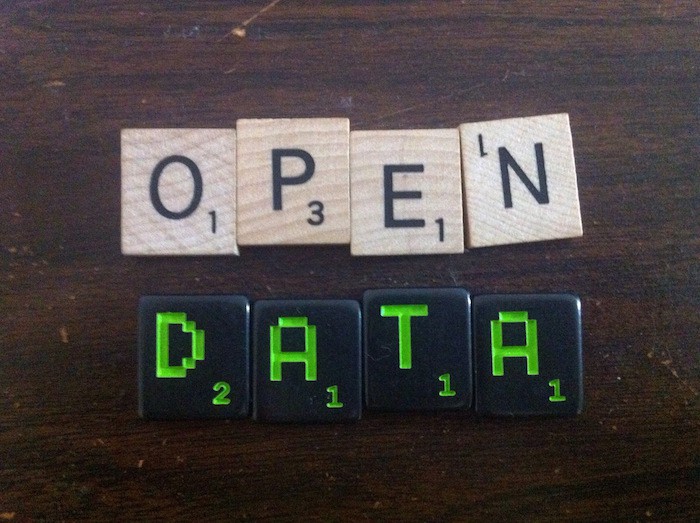
Christine Zhang, a 2016 Knight-Mozilla OpenNews Fellow based at the Los Angeles Times’ data desk, and Dan Nguyen, who teaches computational journalism at Stanford, want to hear from people working in newsrooms directly about the decisions behind making data public (or not). The (qualitative) survey is here, and tries to get at how data and methodology are shared (GitHub? Jupyter? Google Drive? Dropbox?), and why (Increases authoritativeness? Improves internal workflow? Ensures accuracy of the analysis?).
“Dan and I both have academic and journalism backgrounds. And for us, data journalism seemed to be very much tied to social sciences, and examining data to find stories definitely has parallels with the way that social scientists work with data to write papers and provide conclusions,” Zhang, who was previously a research analyst at Brookings, said. “We started thinking about how in social sciences, peer review is the way people check their work. How do we check our work as data journalists, as people in the newsroom who tell data stories? Our research is about that nerd box, examining the transparency and openness that goes with data stories.” (Zhang recently moderated a SRCCON session with Ariana Giorgi on peer reviewing data stories.)
Part of their research includes a quantitative analysis of GitHub repos from news organization-associated accounts. ProPublica’s Scott Klein created a bot that tweeted every time a news organization posted a GitHub repo, and Zhang and Nguyen pored over the list of organizations and the people affiliated with those organizations, filtering out non-data source repos like web development frameworks that might also be posted to GitHub.
openelections/openelections-data-de is a new repo by The Open Elections Project: https://t.co/oiTb8ZsUrl
— News Nerd Repos (@newsnerdrepos) August 8, 2016
“Our goal is essentially to look at general trends in data being put up on GitHub publicly, looking at which organizations are doing it more consistently and which are not, the types of stories that tend to merit that sort of consideration,” Zhang said. (BuzzFeed News, for example, regularly creates GitHub repos for its investigations and data stories.) “This is why we wanted to launch the qualitative survey as well: to get some commentary in addition to the data that we have. I don’t think this can be representative by any means, but we’d like to collect as many survey responses as we can get, to understand also how newsrooms are sharing their data outside of GitHub.”
2 comments:
hello there and thank you for your info – I’ve certainly picked up anything new from
right here. I did however expertise some technical points using this website, as I experienced to reload the web site many
times previous to I could get it to load correctly.
I had been wondering if your hosting is OK?
Not that I’m complaining, but slow loading instances times will very frequently affect your placement in google
and can damage your quality score if ads and marketing with Adwords.
Well I am adding this RSS to my e-mail and can look out for a lot more of your respective intriguing
content. Ensure that you update this again very soon..
Escape roomy lista
I was studying some of your posts on this internet site and
I believe this site is very instructive! Retain posting.?
Trackbacks:
Leave a comment